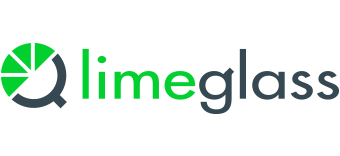Problem Solved
Sales and Research can only compile thematic summaries of content manually and if they know everything published in detail.
Client Benefits
Automated compilation of documents according to themes.
Problem Solved
Difficulties in finding tradeable instruments thematically.
Client Benefits
Automated detection of co-location of specific topics in individual paragraphs allows for the discovery of cross-asset thematic links.
Problem Solved
Research suggestions are too wide or too limited based on available document tags.
Client Benefits
Enriched document tagging allows more granular categorisation of research and therefore of suggestions.
Problem Solved
Inconsistent manual tagging leading to incorrect tags stored in database.
Client Benefits
Maximise thematic discoverability of research.
Problem Solved: Research suggestions are too wide or too limited based on available document tags.
Client Benefits: Enriched document tagging allows more granular categorisation of research and therefore of suggestions.
Problem Solved
Difficult to identify trends in recent Research topics.
Client Benefits
Limeglass heatmaps provide an easy visual representation of key topics and can be used as a filtering mechanism to identify research documents on those topics.


